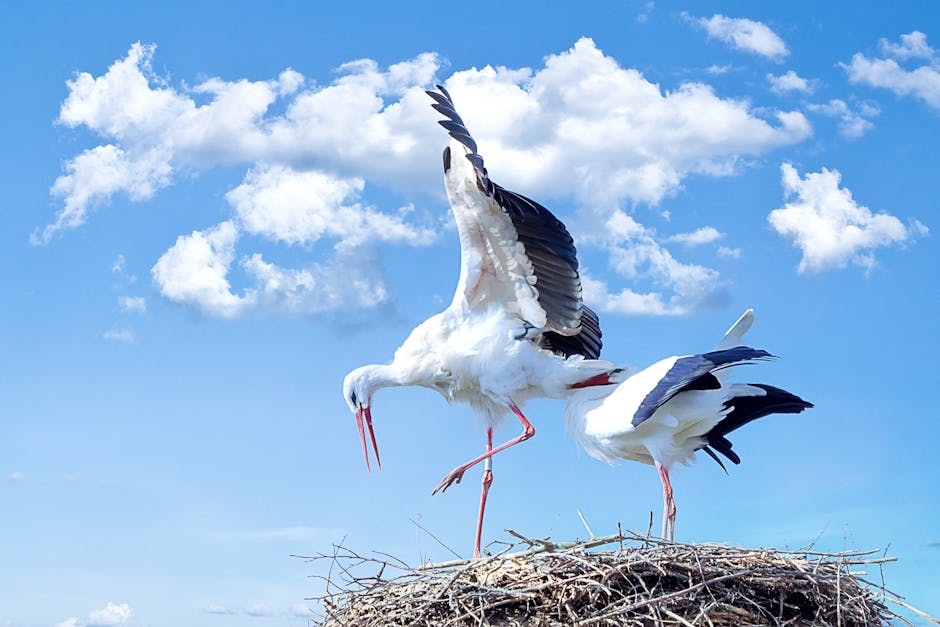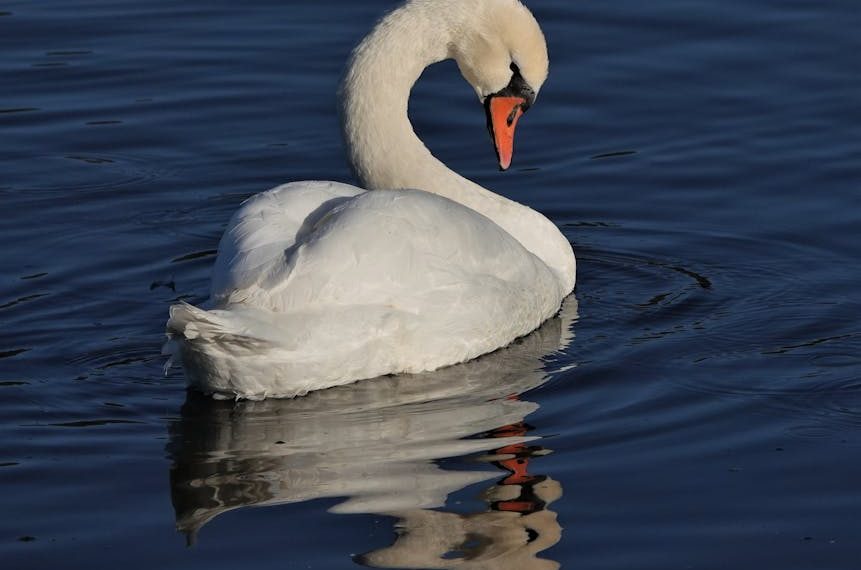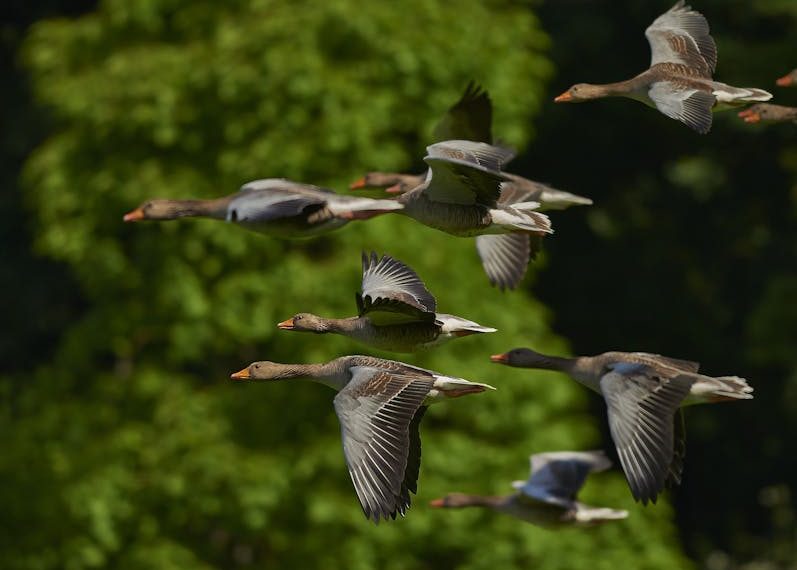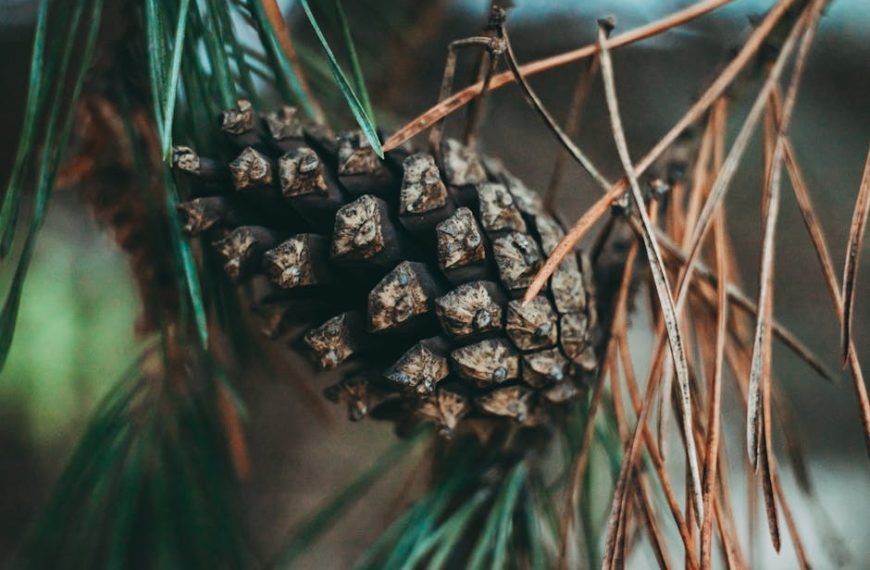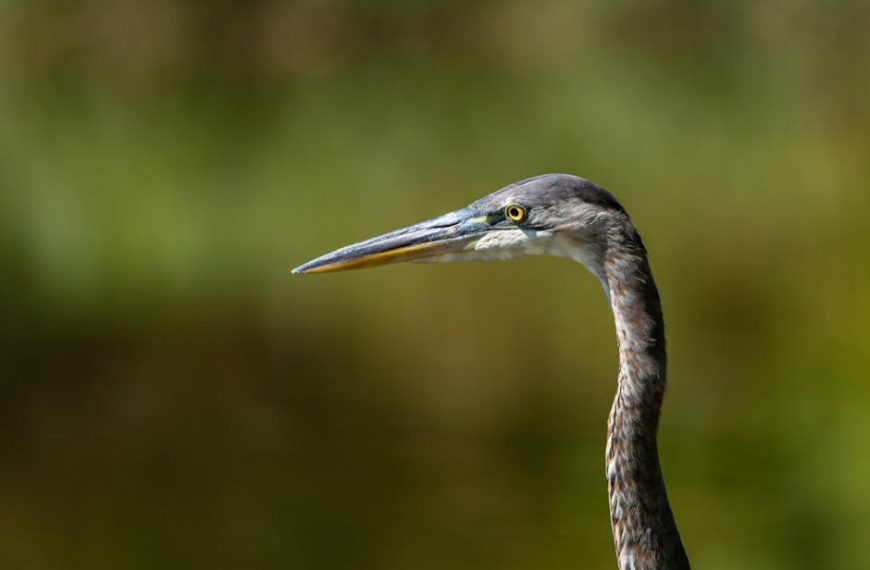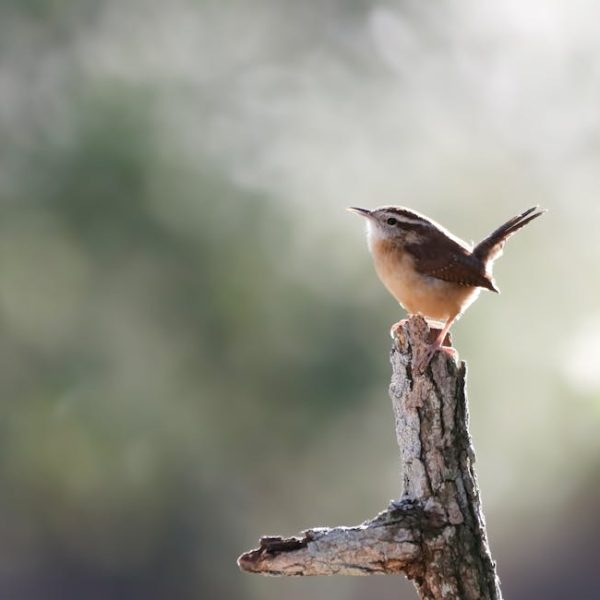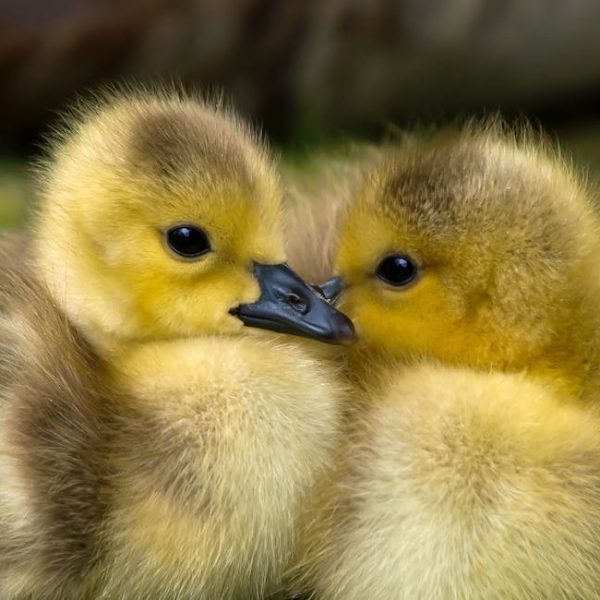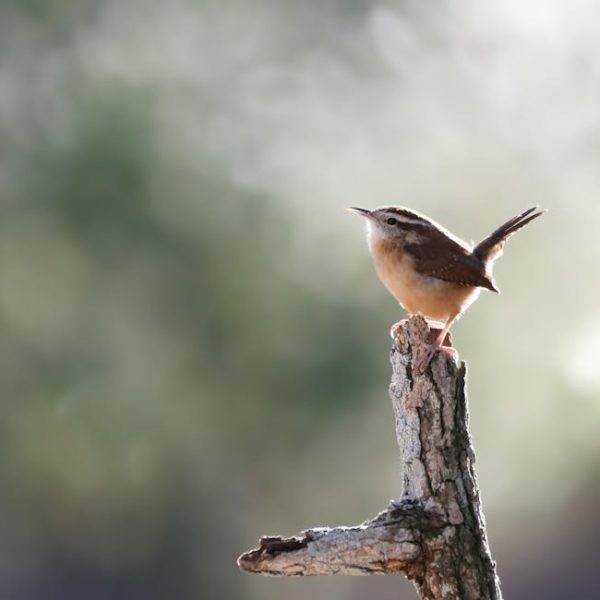While birds play a pivotal role in ecosystem health, they can often become a nuisance for gardeners. From nibbling at leaves and buds, disturbing soil, to spreading diseases, birds impose various threats to the well-being of our precious potted plants. With a planet-conscious approach, it’s essential to protect plants without harming the bird population.
Understanding the Importance of Keeping Birds Away from Potted Plants
Birds typically venture towards potted plants out of an inherent instinct to seek food and nesting material. Seeds, insects within the soil, and fresh buds are all excellent food sources for them, while twigs and leaves serve as perfect nesting material. The results can be devastating, often leading to plant destruction or stunted growth. Pests such as pigeons, sparrows, crows, and starlings are common culprits that often wreak havoc on potted greens.
Physical Barriers: The First Line of Defense Against Birds
Physical barriers act as a direct obstruction between the birds and your plants. Bird nets and cages are among the most popular choices. Bird nets can be draped over individual plants or a collection of pots, whereas cages typically encapsulate an entire plant. It’s essential to ensure these barriers are installed securely, with no gaps for birds to sneak through.
| Bird Nets | Cages | |
|---|---|---|
| Cost | Relatively low | Can be high |
| Efficacy | High if installed properly | High |
| Convenience | Easy to install and remove | Can be heavy and harder to manage |
Repellent Products: An Effective Tool to Deter Beards
Bird repellents range from sprays and gels to ultrasonic devices. They function by creating an unpleasant environment for birds, thus deterring their presence. However, be cautious in selecting products that won’t harm your plants or the birds themselves. The ideal repellent depends largely on the specific bird problem faced and the types of plants grown.
Checklist for choosing the right bird repellent product:
- Determine the species of the bird causing the problem.
- Assess the scale of bird damage.
- Evaluate the potential side-effects on plants.
- Compare various product options before purchase.
- Opt for non-toxic variants to prevent harm to other wildlife.
Natural Deterrents: Eco-Friendly Ways to Discourage Birds
Natural deterrents offer a harmless yet effective solution to this avian dilemma. Decoy predators, particularly owls and hawks, can intimidate smaller birds. Shiny objects, such as discarded CDs or foil strips, reflect light and terrify birds. Homemade sprays infused with strong spices or fragrances can deter birds without causing harm.
Pro Tip: Incorporating a variety of deterrents could increase your chances of effectively bird-proofing your plants. Finally, consistency, patience, and frequent adjustments go a long way in achieving a bird-free green space.
In our final segment, we will walk you through maintaining a bird-free green area. Stay tuned as we provide tips on how to maintain the effectiveness of bird deterrents, regular check-ups you should conduct and much more.
Maintaining a Bird-Proof Green Area
Maintaining a bird-free zone doesn’t stop at the initial implementation of deterrents or barriers; it truly is a constant garden vigil. Here are some tips to keep your potted plants safe:
- Regularly Inspect Barriers: Ensure your physical barriers, like bird nets and cages, remain intact and free of gaps. The occasional weather damage or wear and tear could reduce their effectiveness.
- Refresh Deterrents: If you’re using homemade sprays or natural deterrents, remember that they can wear off or becomes less potent over time. Make it a habit to regularly replenish them.
- Rotate Deterrents: Birds can become used to certain deterrents over time. To avoid this, rotate your deterrent methods every few weeks.
- Maintain Vigilance: Even after the birds seem to have left your plants alone, keep your deterrents up. Birds are opportunistic, and might strike again once the coast is clear.
In conclusion, while the challenges of keeping birds away from potted plants may seem daunting, with the right approach, it is entirely possible to coexist harmoniously. Be mindful of the bird species you’re dealing with, set up physical barriers, consider repellent products, use natural deterrents, and maintain regular checks. Most significantly, keep the welfare of both your plants and the birds in mind at all times.
Happy gardening, and may your potted plants remain lush and bird-free!
Key Takeaway:
- Birds, while important to the ecosystem, can cause significant damage to potted plants. Identifying the bird species that frequent your garden can help form the best strategy for deterring them.
- Physical barriers like bird nets and cages are effective methods to protect plants from birds.
- Bird repellents, including sprays, gels, and ultrasonic devices, can create an environment that discourages birds without causing harm.
- Natural deterrents, like decoy predators, shiny objects, and homemade sprays, can help mitigate the bird problem in a more eco-friendly way.
- Maintaining a bird-free zone requires vigilance and regular checks to ensure the effectiveness of deterrents and physical barriers.
Remember, coexistence is possible with the right approach! Protecting your plants doesn’t have to harm the bird population. Embrace patience, maintain vigilance, and keep your deterrent methods varied to successfully keep your plants healthy and thriving. Happy gardening!
FAQs
Q: What do I do if physical barriers are not practical for my garden setup?
A: If physical barriers are not an easy option for you due to your garden setup or other reasons, consider using bird repellents and natural deterrents. There are many products and homemade solutions available that can effectively keep birds away from your potted plants.
Q: Can bird deterrents harm other wildlife in my garden?
A: It depends on the product used. Some bird deterrents can potentially harm other wildlife, especially if they contain toxic chemicals. Always choose non-toxic variants and consider natural deterrents to ensure the safety of all wildlife.
Q: How often do I need to replenish my homemade bird deterrents?
A: The frequency can vary depending on the type of deterrent and the weather conditions, but generally, homemade deterrents should be replenished every one to two weeks.
Q: Can smaller birds like sparrows and crows still squeeze through bird nets?
A: With proper installation, bird nets should prevent birds of all sizes from reaching your plants. Make sure there are no gaps in the netting and secure it well to keep birds out.
Q: Are ultrasonic bird repellents safe for the birds?
A: When used correctly, ultrasonic bird repellents are safe and do not cause physical harm to birds. They work by creating a sound environment that is simply irritating to birds, thus discouraging their presence.
We hope that this article has helped you in your quest for a bird-free garden. For more gardening tips, feel free to explore our blog. Don’t forget to share this article with anyone struggling with bird problems in their garden. Happy gardening!
